Flying business class goes above and beyond the typical journey and transforms it into a refined travel experience, often involving seamless arrangements to reduce friction points.
You can make the most of extra legroom, seats that recline into lie-flat configurations, and an overall design that places emphasis on personal space; these features can improve the quality of your sleep on long-haul flights. From premium dining with gourmet meals to quality wine and spirits, the in-flight experience is elevated to a level where
every detail is taken care of.
Business class travelers enjoy priority check-in, fast-track security lanes, and priority boarding, to name a few.
Business class is considerably more expensive than economy, costing three to five times more — and sometimes 10 times more, on flights lasting six hours or more. For most people, the prices put business class out of reach for regular travel, and the problem is not expected to end anytime soon.
The good news is that there are ways to fly business class for much less than the sticker price by using points and miles, exploring discounted upgrades at check-in, or flying to a different departure city. Keep in mind that these methods do not work all the time, so purchase business class tickets from the very get-go, even if you pay more, to secure your place.
Why Business Class is Expensive For Many Travelers
Here is a breakdown of the key elements that contribute to the high cost of business-class airfare (and how to navigate them in a frugal way):
Route and Distance
Highly-sought after routes, including those that connect major cities (with less competition) will have higher business class fares because there is a consistent stream of travelers who prioritize convenience and comfort over cost. Last-minute bookings are common when plans suddenly change. Airlines can set higher fares knowing that travelers are willing — and often required — to pay a premium. Longer flights involve higher operating costs, namely more fuel consumption, longer crew duty periods, and more extensive in-flight services, so airlines must address these increased costs. The prices can be adjusted based on booking patterns and market demand, regardless of the distance.
Airline and Aircraft Type
British Airways and Virgin Atlantic are renowned for excellent business class, often with a unique flair and a focus on social spaces on board. Airlines such as TUI and Jet2 make available premium economy and premium cabins that represent an upgrade from economy but not a genuine business class. The type and design of the aircraft play an important role in shaping the travel experience. Specifically, Boeing 787 and Airbus A350 present advanced cabin architectures that enable carriers to provide spacious, private, and ergonomically suited business class cabins. Newer aircraft models come with improved pressurization, noise reduction, mood lighting, and larger windows.
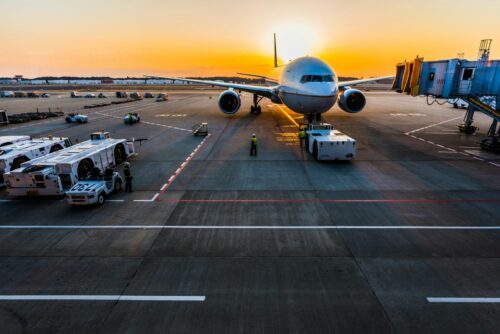
Photo by Rocker Sta on Unsplash
Seasonality and Demand
Business class costs more during peak travel times, which often coincide with corporate calendars, fiscal quarters, and annual conferences. Corporate travel patterns greatly influence business class prices due to the high demand for this segment and the relative price insensitivity compared to leisure travel. Airlines know that travelers prioritize convenience and comfort, so they tend to inflate rates. By contrast, during traditional slower business periods, such as midsummer or holiday weeks, fares are more competitive or come with promotional deals. According to the experts at
Skyclub
, airlines struggle to fill the seats that would otherwise go empty, so they market to leisure travelers looking for a premium experience.
Dynamic pricing allows airlines to adjust ticket prices based on real-time demand to optimize revenue, maximize capacity utilization, and remain competitive. At peak times, business class seats become sparse, and pricing engines increase the fare to maximize the top line (revenue) from travelers who prioritize factors beyond cost when making decisions. In off-peak times, the same system lowers prices or offers discounts to encourage booking and better fill the premium cabin. Dynamic pricing has been around for some time now, but artificial intelligence is taking it to new levels, analyzing millions of possible combinations.
Booking Timing
The timing of travelers’ booking has a counterintuitive impact on business class prices due to airlines’ sophisticated dynamic pricing and yield management strategies. It is recommended to book flights for
international travel
two to six months in advance, even if airlines release their schedules 11 to 12 months out. The lowest business class fares are released first, and once they are sold out, the price increases as only higher fare classes remain available. Last-minute tickets are always more expensive, which means that airlines will charge a premium for flexibility — 40% or more.
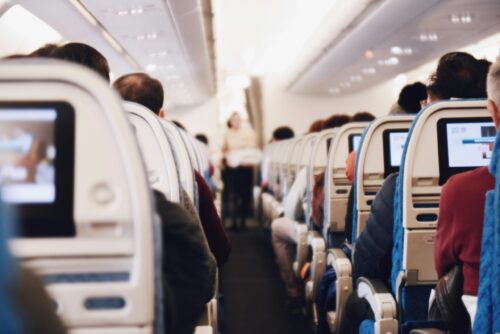
Photo by Suhyeon Choi on Unsplash
Corporate Contracts and Group Bookings
Corporate contracts and group bookings shape business class pricing by creating a balance between predictable revenue and dynamic market rates. Airlines offer corporate customers different flight packages in exchange for predictability in occupancy, and although the revenue is lower compared to sporadic, last-minute bookings, the sheer volume provides a steady financial foundation. Group bookings, especially for conferences, come at negotiated rates due to the increased number of tickets sold. The airlines adjust the remaining inventory for individual travelers, capturing the
full spectrum of consumers willing to pay
.
Fuel Costs, Exchange Rates, and Economic Conditions
Finally (and importantly), fuel costs, exchange rates, and economic conditions impact overall pricing strategies, notably on international routes. Fuel is the largest operating expense for airlines, accounting for roughly 30% of the total costs, and price fluctuations in the aviation fuel market inevitably impact ticket pricing. Airlines differ in the degree to which they hedge fuel, yet many have already sold a portion of their business class tickets on the assumption of higher fuel prices. Currency fluctuations complicate matters even further, prompting airlines to make adjustments to their fares. Fuel, aircraft financing, and maintenance services are transacted in foreign currencies.
Financial health around the globe affects the demand for business travel. During times of economic expansion, companies are more willing to invest in premium travel experiences to maintain productivity, but during economic downturns or periods of uncertainty, they compel airlines to adjust their pricing strategies.
Cheaper Business Class Travel is Possible
The fact of the matter is that the price of business class reflects the economic environment in which the airline operates. Although business class is priced as a premium product that many cannot afford at full price, it is not completely out of reach.
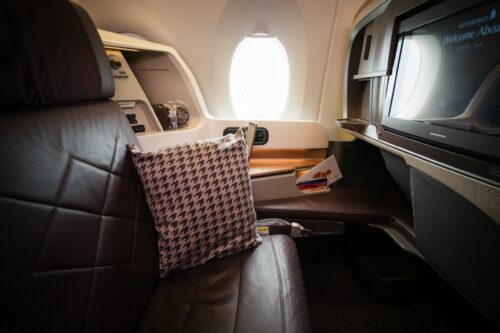
Photo by Frugal Flyer on Unsplash
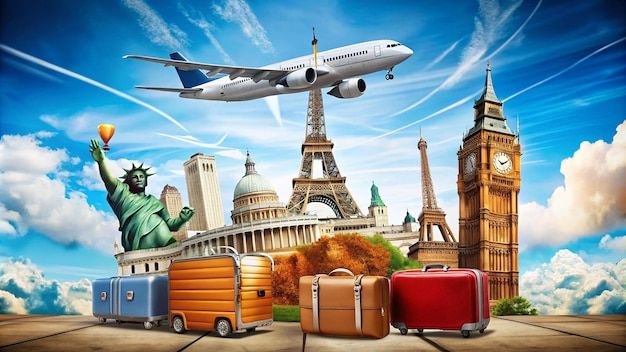
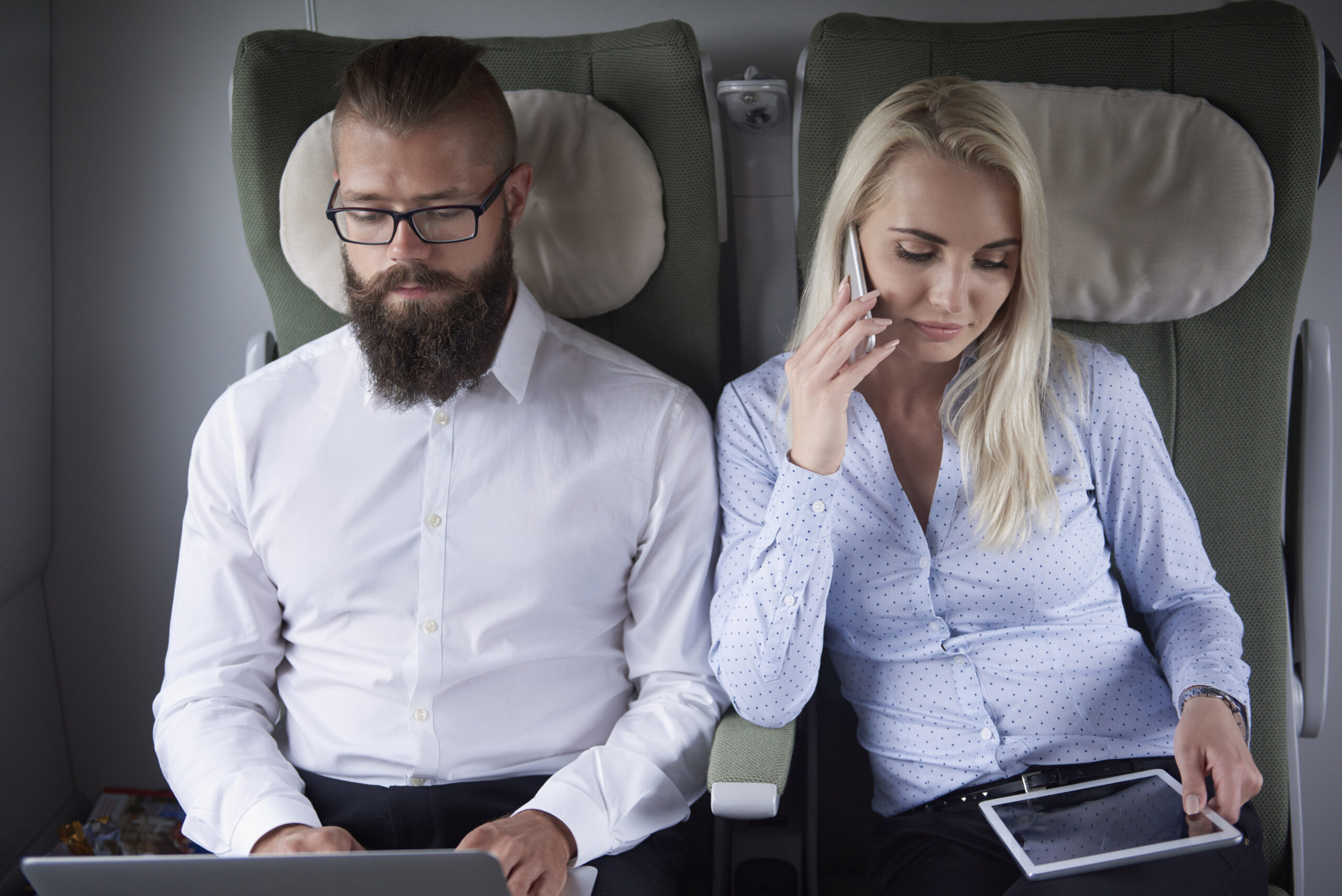

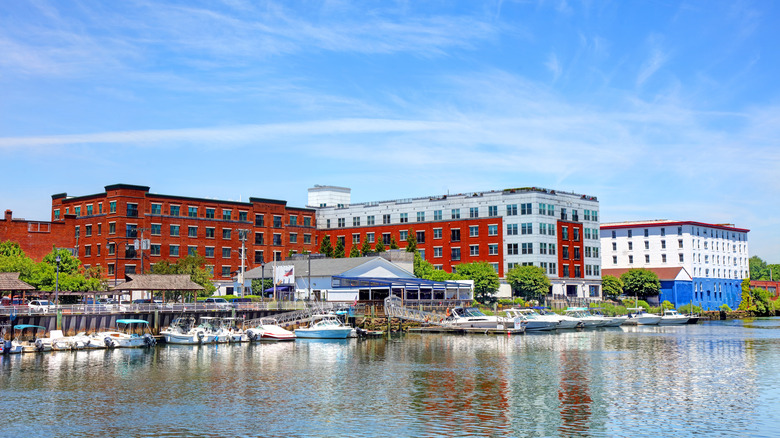


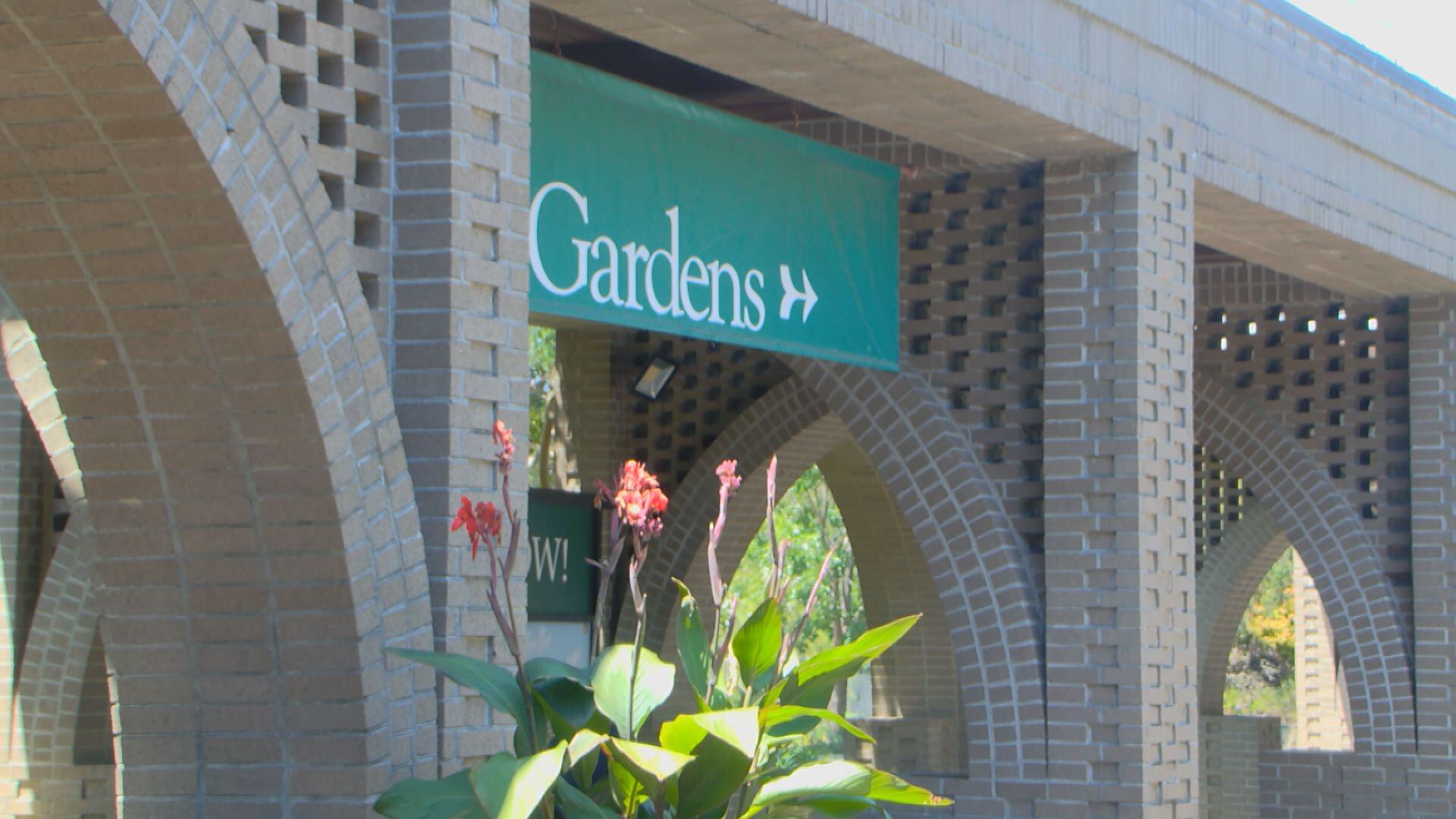






Leave a Reply